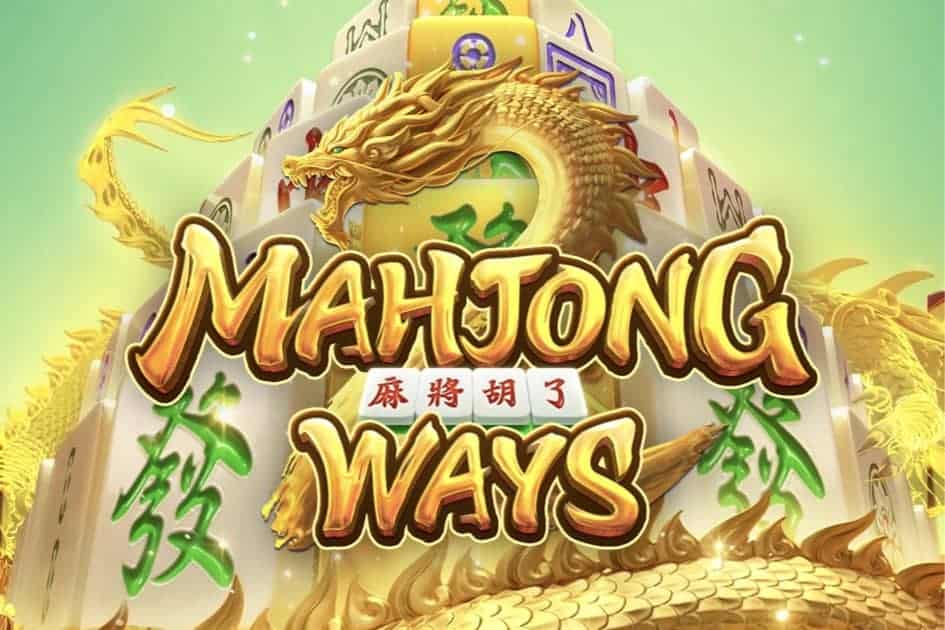footetics.com – Winning in Mahjong Ways 2 isn’t just about luck; it requires strategy and foresight. Understanding the game’s mechanics is crucial. Familiarize yourself with tile patterns and possible combinations.
Prioritize your hand development. Aim for a balanced approach, keeping options open while progressing towards a winning hand. Observe opponents closely; their discards can reveal their strategies.
Adaptability plays a key role in Mahjong. Adjust your tactics based on the tiles you draw and the moves of others at the table. Don’t hesitate to switch gears if needed.
Keep track of which tiles have been played and anticipate what might be left in play. This awareness can give you an edge over competitors.
Practice regularly to refine your skills and build confidence. The more familiar you become with different scenarios, the better prepared you’ll be when facing real opponents.
What is Mahjong Ways 2?
Mahjong ways 2 is a traditional Chinese game that has captivated players for centuries. It combines skill, strategy, and a bit of luck. Played with tiles instead of cards, it draws many parallels to card games like poker.
Typically played by four players, the objective is to form sets and pairs using 144 tiles adorned with various symbols. Each tile has its unique significance, adding depth to the gameplay.
The game’s origins trace back to the Qing dynasty in China. Over time, it spread worldwide, evolving into numerous variants tailored to different cultures and preferences.
Players engage not only in forming winning mahjong ways 2 hands but also in observing opponents’ moves—a crucial aspect of strategy involved in Mahjong. The blend of social interaction and competitive spirit makes it an enduring favorite among enthusiasts globally.
The History and Evolution of Mahjong
Mahjong traces its origins back to ancient China, with roots that are believed to stretch as far back as the Qing Dynasty. The game has evolved significantly over centuries, transforming from a simple pastime into a complex and strategic experience.
Initially played by nobility, its popularity spread rapidly among common folk. By the late 19th century, Mahjong had gained traction across Chinese communities worldwide.
The introduction of Western styles in the early 20th century led to various adaptations and rule changes. This evolution gave rise to numerous regional variations like Hong Kong Mahjong and Japanese Riichi mahjong ways 2.
Today, it remains not only a cultural symbol but also an engaging online phenomenon. Players now enjoy digital platforms where they can connect globally while playing this timeless classic from anywhere in the world.
Importance of Strategy in Mahjong
Strategy in mahjong ways 2 is essential for success. Each move impacts the game, shaping your path to victory.
Understanding tile patterns and potential combinations helps players make informed decisions. Observing opponents’ discards can reveal their strategies too. This insight allows you to adapt your gameplay accordingly.
Timing also plays a critical role. Knowing when to hold onto certain tiles versus when to discard them can turn the tide of the game. A well-timed play can disrupt an opponent’s strategy while advancing your own.
Furthermore, flexibility is key. Sticking rigidly to one plan may lead to missed opportunities. Adapting as the game progresses keeps you competitive and unpredictable.
Practice reinforces strategic thinking in Mahjong. The more you play, the better you’ll grasp nuances that elevate your skills beyond basic gameplay mechanics.
